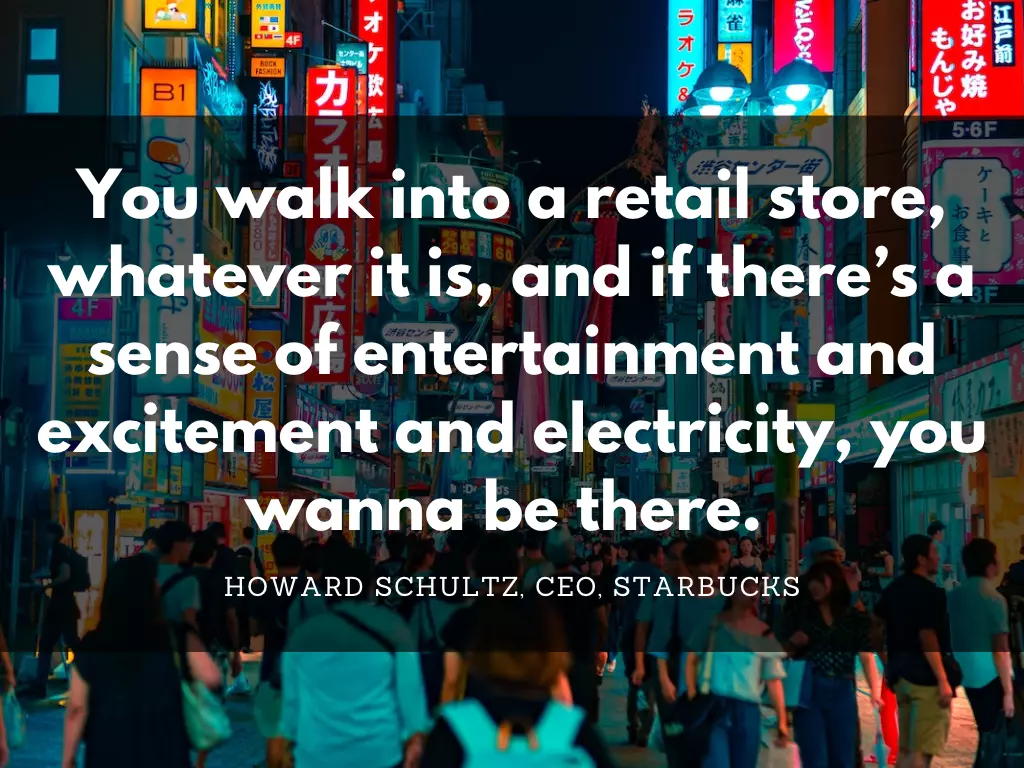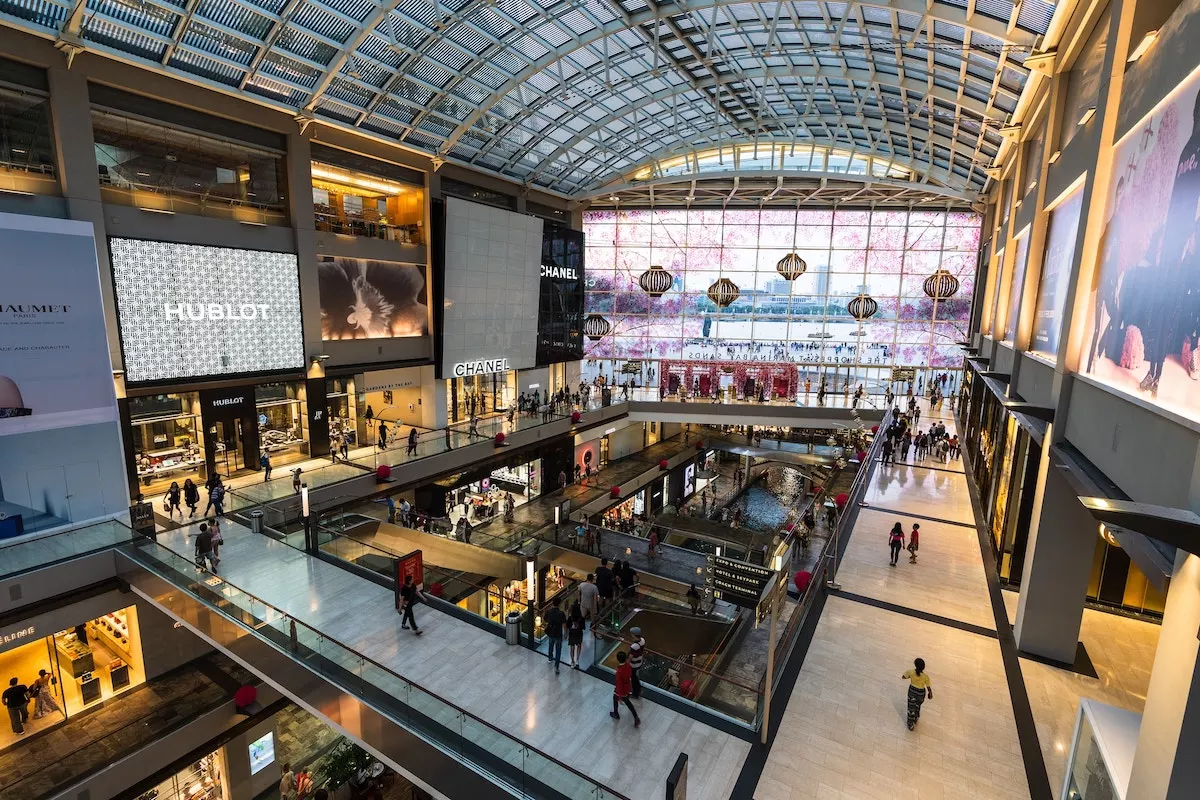Whether you are a Singapore resident or a foreign investor looking for investment opportunities in the Singapore real estate market, Singapore REITs (S-REITs) in the retail sector are definitely a popular choice out of the seven sectors of S-REITs and property trusts listed on the Singapore Exchange (SGX). This should come as no surprise. After all, everyone knows what a shopping mall is.
To do a litmus test on the performance of a REIT-managed shopping mall, all one needs to do is swing by the mall and eyeball the footfall, vibrancy and retail offerings of the mall.
Put it this way, if you walk into a shopping mall and it’s a ghost town with hardly any shopper traffic, a noticeable number of vacant shop units and poorly maintained facilities (visit the toilets; it’ll give you a good gauge), it’s likely the shopping mall isn’t doing well and is poorly managed.
The point is, the real estate business of managing shopping malls isn’t difficult for the layman to understand and it can be a good starting point for the newbie REIT investor. It was in fact how Mrs Wow and I got started in REIT investing.
Full disclosure: At the time of writing, Mrs Wow and I are unit holders of Fraser Centrepoint Trust or FCT (stock code: J69U) and CapitaLand Integrated Commercial Trust or CICT (stock code: C38U). Other than owning shares in both S-REITs, we do not have any affiliation with FCT or CICT. This article is written solely based on our own opinions and experience. It is for educational purposes only and is NOT investment advice.
In this article, I’ll dive a little deeper into retail S-REITs and share what I’ve picked up over the years investing in this REIT sector:
- Are Shopping Malls Here to Stay?
- Renting a Retail Space in a REIT-Managed Mall
- How GTO Rental Works in a REIT-Managed Mall
1. Are Shopping Malls Here to Stay?
One of the first questions that Mrs Wow and I asked before deciding on investing in retail S-REITs was: are shopping malls here to stay? Will the likes of Amazon, Lazada or Shopee kill off the need for physical shopping? Will malls become deserted in the future?
Let’s first take a look at Singapore. It is a tiny city-state (about 170 times smaller than New York) located near the Equator with a hot and humid tropical climate all year round. If given a choice, most would prefer the sanctuary of an air-conditioned shopping mall as opposed to sweating it out in the open-air. Born and bred in Singapore, I know this is a fact.
Moreover, shopping malls are a popular one-stop leisure destination for many Singaporean families, especially over the weekends. Crowded suburban malls typically house a myriad of restaurants, food courts, bakeries, supermarkets, fitness & health centres, hair & beauty salons, education centres and the list goes on.
Shopping malls are in fact evolving into mixed-used developments (with offices, residential apartments, grocery stores, gyms, theatres, restaurants, etc.) — turning into lifestyle centres. It’s no longer just a place to shop, but a place to unwind and play.
According to Shopify, it’s clear that shopping malls will still have a place in the retail ecosystem down the road. Just that they will likely have a different look and feel.1
To meet growing customer expectations, both mall managers and tenants are focusing on unifying the online and offline shopping experience for their customers. This approach is known as omnichannel retail.
For instance, in 2022, CapitaLand Investments (CLI) further evolved its onmichannel retail strategy with the launch of two initiatives — CapitaStar For Business which offers a suite of digital solutions to its retail tenants and a cashback app CapitaStar-ShopBack for their customers.2 (I’ve placed the resource link at the end of the article — if interested, do read more about CLI’s drive towards omnichannel retail and how they intend to shape the future of malls.)
To meet growing customer expectations, both mall managers and tenants are focusing on unifying the online and offline shopping experience for their customers. This approach is known as omnichannel retail.
In fact, omnichannel retail is expected to trend higher into the future. And it’s not just brick-and-mortar businesses offering complementary online services, but digitally native brands seeking to set up physical shop.
According to a commissioned Forrester Consulting study conducted on behalf of Shopify, about a third of digital brands said they plan on expanding their physical retail footprint in 2022.3
The thing is, digital marketing is no longer cheap compared to the past. In fact, it is getting pretty expensive. Setting up a physical presence to grow a digitally native brand has now become an economically viable option and this trend is expected to gain traction over time.
So are shopping malls coming to an end? I think the answer is clear: it’s highly unlikely. So long as mall managers and shop owners adapt to the ever changing retail landscape, malls will likely remain a popular place for people to experience the good things life has to offer.

2. Renting a Retail Space in a REIT-Managed Mall
A good way to gain a deeper understanding of retail REITs is to take a look at what goes on behind the scenes, i.e. from the perspective of a tenant in a shopping mall.
Let’s say you are a small business owner looking to lease a physical retail space to either start or grow your business. You will have two main options: (1) rent a small shophouse space from a private owner or the government, or (2) rent a retail space in a large shopping mall managed by either a private owner or REIT.
The straight forward solution would be option 1, to rent a shophouse. In this case, the private owner or government will not care too much about your business plans or prospect. So long as your business meets all regulatory requirements and you are agreeable to the rental rate and lease conditions, you are good to go.
For option 2, renting a retail space in a shopping mall, especially one that is REIT-managed and in a prime location, it’s no longer just about the rent. You will have to first pitch your business to the mall owner and convince them that your brand and products/services will be a valuable addition to the current tenant mix.
Note: Getting the ideal tenant mix is crucial to the success of a shopping mall. The onus is on the mall manager for getting that perfect tenant mix which will continuously draw crowds to the shopping mall and keep both tenants and shoppers happy. So don’t get offended if your business proposition doesn’t get shortlisted by the mall manager. It could just be that your products/services is not the right fit for the shopping mall.
If you successfully outbid all other brands gunning for that same hotly contested retail space, congratulations! Your business will be in partnership with a reputable and supportive landlord (like FCT or CICT) that will bring your shop high traffic = potentially higher sales volume.
You will usually have one month (rent-free) to renovate/retrofit your shop space and will need to integrate your POS (point-of-sale) system into the mall owner’s GTO (Gross Turn Over, i.e. gross sales) network. For example, Shopify and Square are popular POS apps used for retail sales transactions.

Once GTO integration is done, your shop’s daily gross sales report will be automatically submitted to the mall owner for monthly rental tracking and computation.
GTO integration is what makes a REIT-managed mall stand out from other commercial real estate. Tenants of prime shopping malls, are required to pay a percentage of their GTO to the shopping mall owner.
In other words, the mall or REIT manager gets a cut of the gross sales from their tenants based on certain pre-set conditions and targets.
3. How GTO Rental Works in a REIT-Managed Mall
Let’s do a case study of a tenant who leases a kiosk space on the first floor of a REIT-managed prime shopping mall with the following figures:
- Kiosk floor size: 200 square feet
- Base monthly rent: $7,000 @ $35.00psf
- Low GTO rate: 2% (base rent + % GTO)
- High GTO rate: 18% (pure % GTO rent)
You would notice that there are two GTO rates — one for “low” and the other for “high”. The rent payable by the tenant will vary depending on the monthly GTO of the kiosk. The pre-set condition is:
- When GTO is low (i.e. 18% GTO is less than the base rent + 2% GTO), the tenant pays the base rent + 2% GTO.
- When GTO is high (i.e. 18% GTO is more than the base rent + 2% GTO), the tenant pays 18% GTO only.
In other words, the tenant pays either (1) base rent + 2% GTO, or (2) 18% GTO, whichever is higher.
Here is an example of how the monthly rental may vary for the tenant:
Low GTO Scenario Month GTO = $30,000 18% GTO = 18% x $30,000 = $5,400 Base rent + 2% GTO = $7,000 + 2% x $30,000 = $7,600 Since 18% GTO < base rent + 2% GTO, the tenant pays rent of $7,600 for that month. High GTO Scenario Month GTO = $60,000 18% GTO = 18% x $60,000 = $10,800 Base rent + 2% GTO = $7,000 + 2% x $60,000 = $8,200 Since 18% GTO > base rent + 2% GTO, the tenant pays rent of $10,800 for that month.
Do note, the above is nothing more than an example to explain how GTO rental works in essence. The actual agreement between landlord and tenant will not just differ from shopping mall to shopping mall, but also from tenant to tenant.
The key takeaway is that the REIT manager of a shopping mall is highly motivated to ensure that all their tenants do well. It’s no longer just about the landlord collecting a fixed monthly rent from the tenant, but it goes beyond — landlord and tenant are now interdependent business partners.

It is in the mall manager’s interest to bring in as much traffic as possible so that their tenants’ can rake in more sales. When business takes off, the tenant makes more income and so does the landlord. It’s a win-win for everyone.
Think about it for a moment. Assuming occupancy remains healthy, the downside of rental income is limited by the base rent, while the upside is technically limitless and dependent on the GTO of a shopping mall’s tenants.
By the way, the base rental rate does not include GST (Goods and Services Tax) and other service charges, if applicable. Also, all other operating expenses such as electricity, telecommunication, Internet services, insurance, etc. are usually borne by the tenant. Nice being a landlord, don’t you think?
So, would you consider investing in a quality retail REIT?
I hope this article has provided a different perspective of retail REITs and why they may be worth adding to your investment portfolio.
Keep researching, keep learning and keep investing.
Sources:
- The Future of Malls: https://www.shopify.com/sg/retail/future-of-malls
- CLI launches new digital solutions and partnerships through CapitaStar: https://www.capitaland.com/en/about-capitaland/newsroom/news-releases/international/2022/mar/CLI-launches-new-initiatives-through-CapitaStar.html
- 9 Retail Omnichannel Trends to Watch in 2023: https://www.shopify.com/retail/omnichannel-trends
More like this: Evaluating Retail REITs: The Numbers You Need to Know | How REITs Work: Get Started on Real Estate Investing | Are REITs Safe? 4 Key Risk Factors You Must Know

